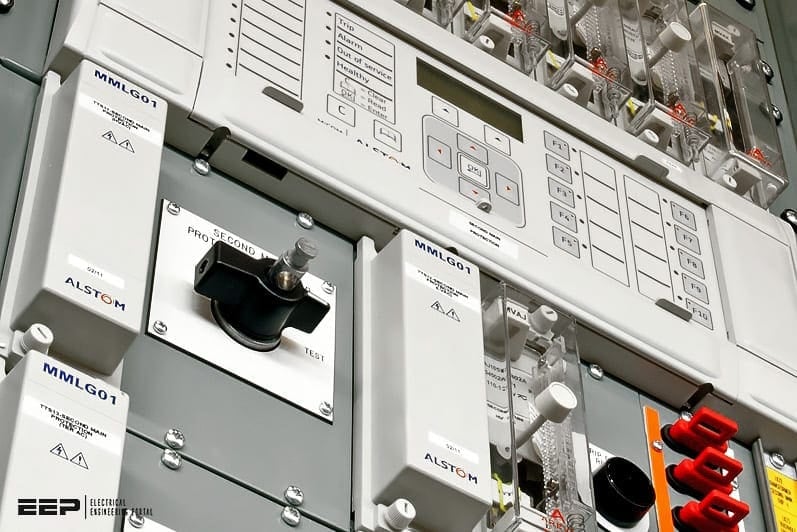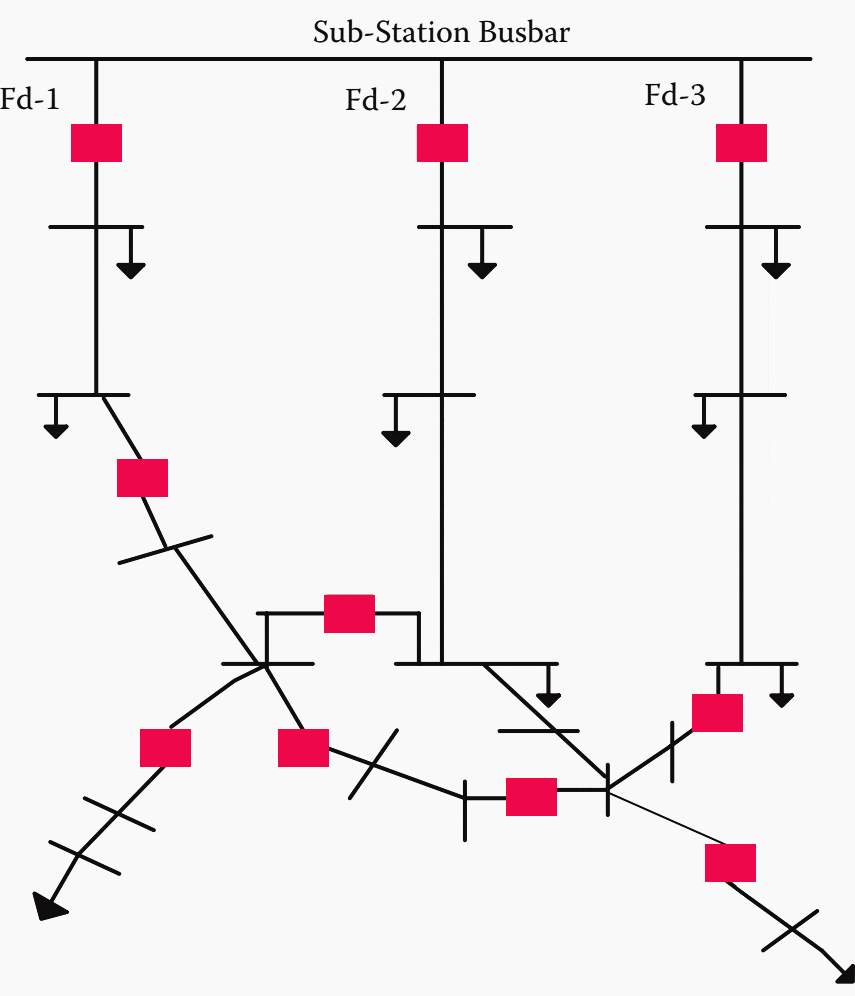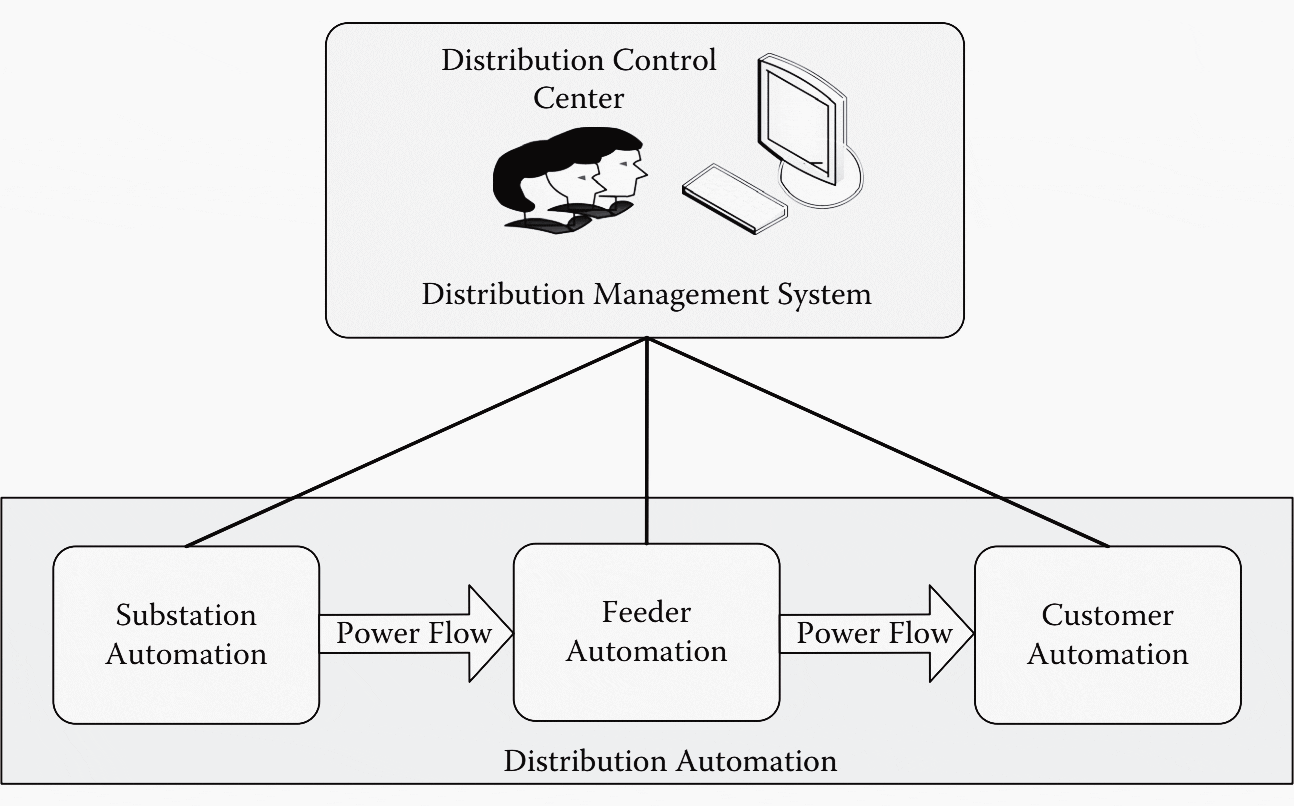Automation in power industry
One may wonder why is everybody talking more and more about automation in power distribution. Aren’t we already automated? Well, we are not. It can always be better, faster, with more possibilities and more optimized. This is something that pushes the development process in the power industry straight forward.

1. Overview of distribution systems
Distribution systems are mostly below 69 kV level and supply all their customers with electricity, whether it is bulk supply at higher voltage levels or residential service at the lowest voltage levels.
Distribution systems are largely radial and have single, two-, or three-phase lines.
Distribution systems are responsible for delivering power to the customers and have to make sure that the customer interruptions are reduced to a minimum and quality power is supplied at minimum cost.
Figure 1 provides a sketch of a typical distribution system.


2. Distribution automation
All over the world, distribution automation has taken center stage and is the focal point of most of the developments owing to the tremendous opportunities ahead. Smart grid implementations with customer participation which necessitate two-way communications along with renewable integration are forcing utilities to automate the distribution systems in a big way.
Automating the substations, feeders and customers is essential for complete automation of distribution systems.
Distribution automation (DA) is a set of technologies that enables a utility to remotely monitor, coordinate, and operate distribution components in a real-time mode from remote locations.
Further, distribution automation encompasses two terms used by industry which are distribution management systems (DMS) and distribution automation (DA) systems (Figure 2).


DMSs are associated with operator-focused activities that happen in a control center using the real-time data from SCADA systems and the information from the manually operated devices in the system along with the customer information.
Distribution automation systems are part of the DMS and include all SCADA-related remote monitoring and control actions. This includes the automation spread over entire distribution systems from substation to feeder to customer and the communication infrastructure for implementation of the functions.










